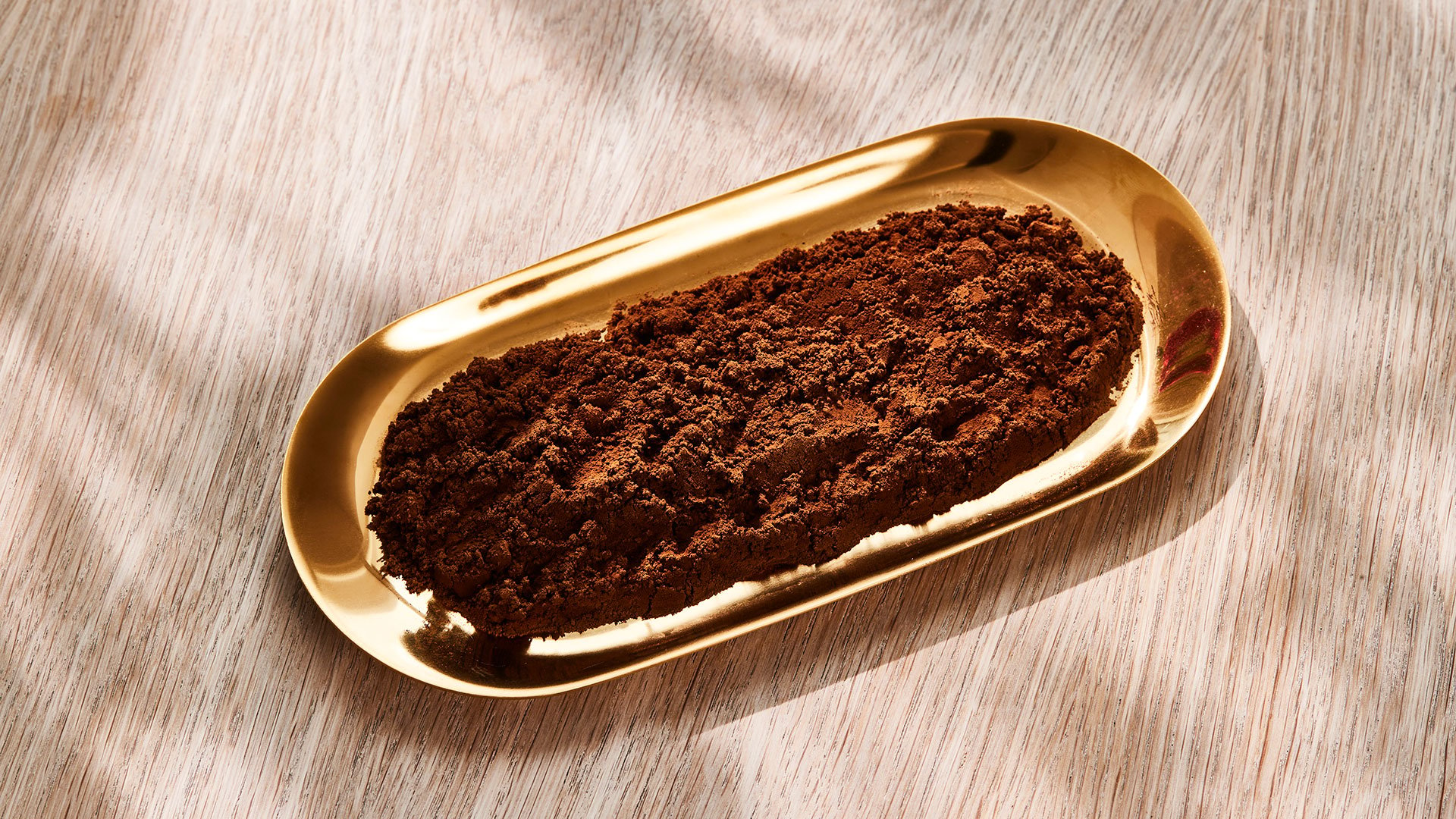Lignin is used in the manufacturing of resins, adhesives, plastics and insulators, for example. For a long time, these products have been made of only oil-based, non-renewable raw materials.
"For example, resins are used in many durable materials, such as plywood. A piece of furniture made of plywood, such as the Artek stool, is passed down from generation to generation. Even laminate kitchen countertops can store carbon for decades", says Suvi Pietarinen, Development Manager of the Lignin Business at UPM Biochemicals.

Will lignin solve climate change?
Currently, lignin is usually used in combination with plastics or other petrochemical products. In the future, lignin will be able to replace an increasing proportion of plastic polymers, but due to its complex chemical structure, the manufacturing industry has not yet been able to create plastics made of 100% lignin. It is possible that in the future, the properties of lignin will be developed in a way that allows it to replace oil-based raw materials completely.
The first high-quality lignin-based resins and adhesives appeared on the market in the early 2000's, and their properties and applications have developed so rapidly that they could quickly replace oil-based ones. In the case of plastics, on the other hand, a breakthrough may take much longer. This requires not only technological advancements but also more cost-effective solutions. Technically, the use of powdered lignin requires different processes and equipment than liquid oil.
In recent years, the use of lignin has been investigated, for example, in the production of aviation fuels and in the battery industry. The substitution of fossil raw materials is often a cost issue, as new types of processes need to be developed and are not yet available.
But can we talk about lignin as the new oil? A scientific study published in Canada in 2020 estimates that lignin obtained as a by-product from the pulp industry could replace 2% of the world's petrochemicals. In other words, it would be a gross exaggeration to claim that the lignin currently available could solve the world's dependence on oil and its derivatives.
One hundred million tonnes of fossil substitutes
An estimated 100 million tonnes of lignin are produced annually as a by-product of the global paper and board industry. This means that there is enough lignin raw material to go around without cutting down any extra trees.
"To a chemist, lignin is a fascinating lump with many different properties. As our understanding of lignin grows, we may find surprising new uses for it. For example, there is still much to learn about the role of lignin in soil carbon reserves. It is known that lignin also acts as a carbon sink in the soil and forms compounds that are important for plants when it decomposes", says Suvi Pietarinen.
UPM looks for new ways to utilise lignin and helps its customers develop and apply the necessary technology. For example, the use of lignin in plywood production has been developed in cooperation with UPM's own plywood business and resin and glue companies. Similar cooperation projects are underway in different sectors.

